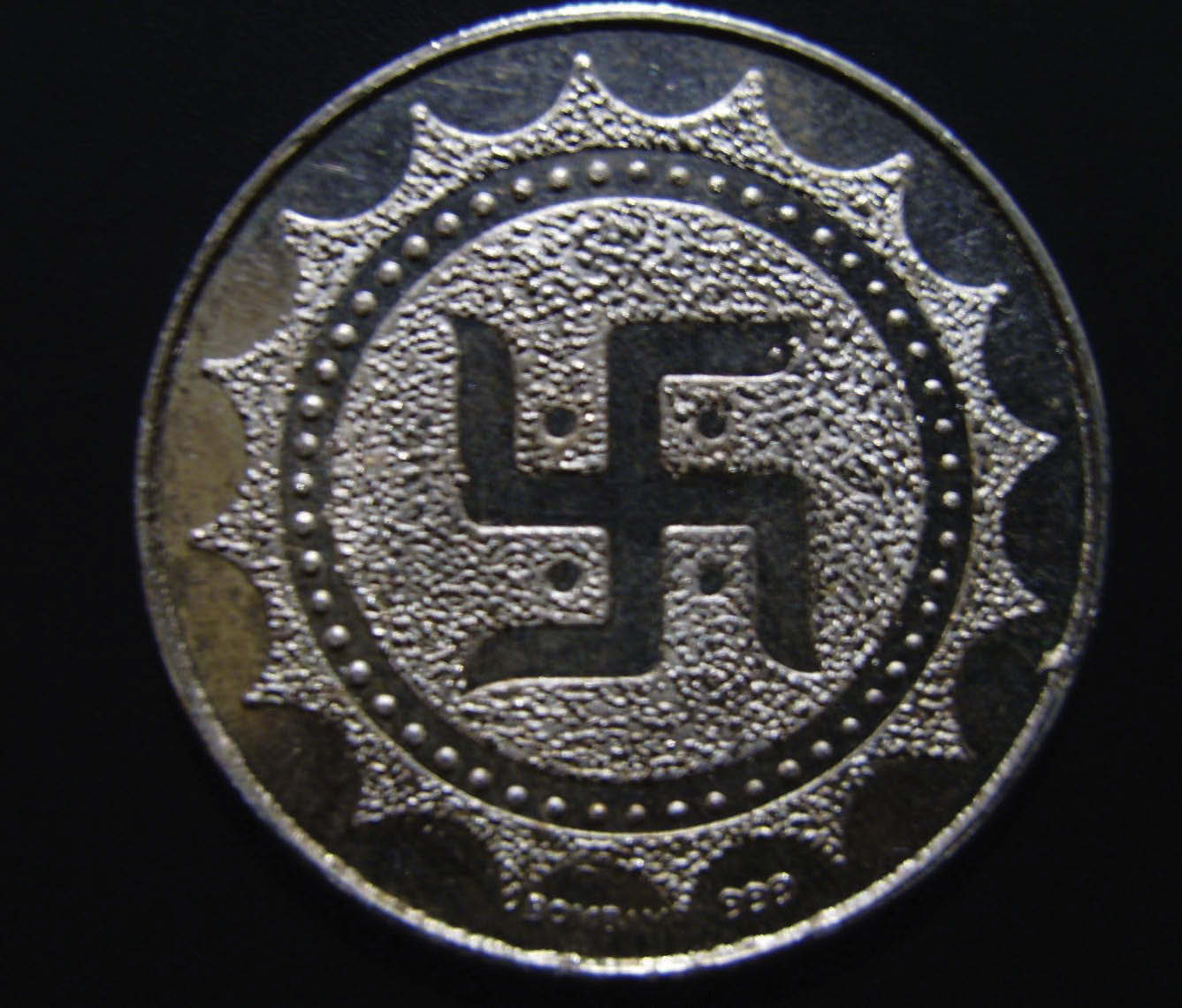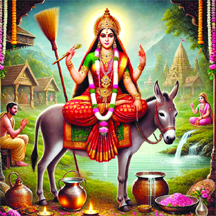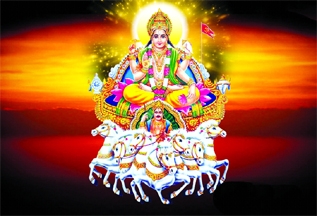
Swastik (or Swastika) means different things in different cultures and religions and because it’s so incredibly popular and spreads across cultural boundaries it can be a symbol of both good and bad depending on the context. In Hinduism though, Swastik is a symbol of good though and stands out because of the incredibly insightful philosophical depth involved in the idea behind it!
Archaeological origin and history of Swastika (Swastik) – Hinduism Symbols Swastik Swastika Meaning PhilosophyBefore delving into the religious perspective, I’d like to explain how Swastik (Swastika) could’ve originated. Indus Valley (Harappa) is one of the earliest places where Swastik (Swastika) is found and these civilizations were mainly basket weaving ones and if you notice, the symbol of Swastik (Swastika) resembles the basket weave design (basket weave pattern picture on the left). So, that gives us some indication as to how Swastik (Swastika) might have originated in history. I should also note that Swastia (unlike many other ancient symbols) has its origins at reasonably advanced stages of the ancient societies. Also, we may observe that Swastik (Swastika) is a symbol of good rather then bad from a strictly archaeological point of view.
Swastik (Swastika) has been a symbol of good luck from time immemorial in Indian (Hindu) homes. Swastik (Swastika) can be seen drawn at doors, walls and many auspicious places in Hindu homes to signify good luck and well being. Swastik (Swastika) is also found even more prominently around many festivals and coming from a hindu family. As a kid, I’ve drawn Swastik (Swastika) myself on the walls in my home around Diwali for a long time.
Associated with Lord Vishnu
108 diffrent symbols are associated with Lord Vishnu and Swastik is one of them. Swastik (Swastika) can be seen drawn on the right palm of Lord Vishnu or sometimes held in hand or held or drawn in Hinduism Symbols Swastik Swastika Meaning Philosophysome other form around Lord Vishnu.
Symbol of Brahma
One interesting thing about Swastika is that if it’s viewed from above then it looks as if its pointing in all directions simultaneously! This coincides with the four “all seeing” faces of Brahma and therefore at times Swastik might be associated with the symbolism for Brahma.
Symbol for Surya
This sort of follows from the previous points in many ways. Sun is sometimes associated with various symbolisms used for Lord Vishnu and Swastik can be sometimes used as a symbolism for Surya (sun god) too!
Also, since the top-down Swastik (Swastika) has this peculiar multi-directional (or direction-less depending on how you look at it) characteristic, it’s again associated with the mid-day Sun’s rays falling in all directions simultaneously. So, as you may observe, this association is pretty strong from both religious and nature worship point of view and even more so in the ancient times when nature worship was indeed at it’s pinnacle.
Symbol of life and preservation
This sort of follows from Hinduism Symbols Swastik Swastika Meaning Philosophythe above points. Swastika is one of the symbols of Lord Vishnu and Lord Vishnu in turn is associated with the preservation of life (as in one of the Trinity in Hinduism) so Swastika is seen as a symbol of life and preservation. Further, Sun’s rays are directly associated with good crops and more enough food for the winter season so the overall association of Swastik (Swastika) with life, preservation and well being, as a symbol of the Lord Vishnu (preserver of life), Surya god and Sun’s rays (good crops, food production) is reinforced. So we observe that even from a strictly pagan religion and basic sustainability point of view Swastika (Swastik) becomes a very important symbol of good luck and well being.
Symbol of stability
This is kinda part of the whole overall well being thing but there is one more thing I should note about the structural aspect of Swastika. Swastika, as (might be) originated from the Basket weave design, also signifies stability because this basic structural component, of the big structure (let’s say a basket), ensures that the big structure (based on Swastik design) will hold. This basic idea adds to the well being aspect as can be noticed and makes Swastik (Swastika) even more important.
As part of Ashtamangala
Ashtamangala (or Ashta-Mangala) is part of a tradition in Hinduism (and Hinduism’s offshoots) that refers to eight sacred symbols as an offering to God (gods) on various auspicious occasions. These symbols might differ from region to region and sects to sects but Swastika has been seen to occur quite prominently in various combinations along with other symbols like Conch/Shell, Sinh (Lion), Bull, Lotus, Wheel, Mirror, Matsya / Meen (fish), Elephant, Dhwaja (Flag/Banner), Kalasha (vase) etc. It’s even more prominent in Ashtamangalas in Shwetamber Jainism but in other Ashtamangalas sometimes Swastik is replaced by related symbols like Endless Knot and such.





Be the first to comment